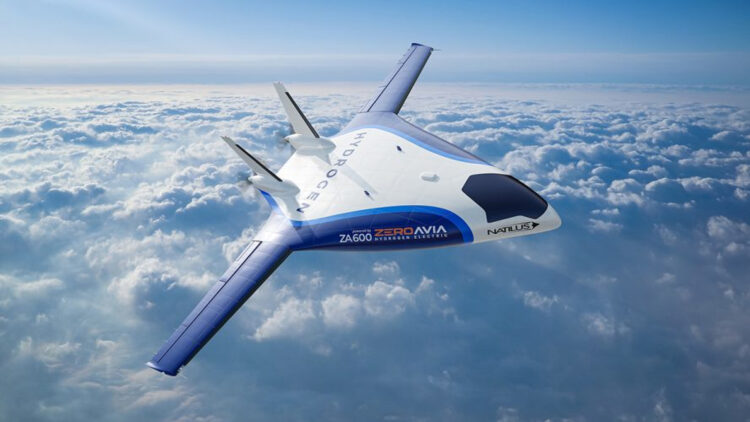Is it a bird or a plane? What if it is a glimpse into the future of aviation, where flight is both efficient and environmentally sustainable? The answer lies in ZeroAvia’s revolutionary ZA600 hydrogen-electric powertrain, an innovation that’s set to transform how we think about air travel and fuel.
ZeroAvia’s ZA600: A new era of green aviation
Developed by ZeroAvia, a British-American aerospace firm, the ZA600 hydrogen-electric powertrain is not just another piece of aviation technology; rather, it represents a huge leap toward sustainable air travel. This cutting-edge system can power 10-to-20 seat aircraft emitting only water vapor, effectively eliminating harmful pollutants typically associated with traditional jet fuel.
With a continuous output of 500 to 750 kilowatts, the ZA600 promises drastic reductions in both noise and air pollution, thus addressing growing community concerns surrounding airports. By harnessing fuel cells to convert green hydrogen into electricity, the ZA600 facilitates true zero-emission flight, positioning itself as a viable solution to the aviation industry’s urgent climate challenges.
“This is a rare ‘zero to one’ moment; just as the introduction of the jet engine revolutionized air transportation, this pioneering engine will usher in a new era of truly clean aviation,” says Val Miftakhov, the founder and CEO of ZeroAvia.
How this powertrain could tackle aviation’s climate crisis
As the aviation sector faces immense pressure to lessen its carbon footprint, ZeroAvia’s technology is particularly well-timed. The company has secured approval from both the U.S. Federal Aviation Administration and the U.K. Civil Aviation Authority for experimental flights and recently completed a $150-million funding round to further its objectives.
Their vision goes beyond small aircraft: they seek to scale the ZA600 to larger regional jets, which account for a big portion of aviation emissions. Unlike battery-operated aircraft—which struggle with weight and space constraints—the powertrain’s hydrogen-electric system offers a lightweight, energy-dense solution, capable of fulfilling the demanding requirements of commercial aviation.
TIME magazine has recognized the ZA600 as one of the best inventions of the year, highlighting its potential impact on the future of air travel. The powertrain’s design allows for cost-effective operation and reduced maintenance, alongside reduced, more stable fuel costs. As green hydrogen production becomes more efficient, the cost of hydrogen is expected to fall below that of traditional jet fuels.
“We’re in a real burning-platform scenario,” states Miftakhov, emphasizing the critical need for the industry to embrace cleaner technologies before the 2050 net-zero goal becomes unattainable.
The future of regional air mobility looks brighter
The ZA600 powertrain is designed for fixed-wing platforms and is well-suited for regional air mobility applications. It’s prepared to carry passengers up to 300 nautical miles while producing zero carbon emissions.
What’s more, ZeroAvia’s ambitions extend beyond aviation—the implications of hydrogen-electric propulsion technology could positively influence various sectors, including ground transportation and energy storage.
By encouraging advancements in clean energy, the ZA600 could enable a holistic approach to sustainability. The company has already amassed nearly 2,000 pre-orders for its engines, reflecting strong interest from airlines and operators keen to adopt cleaner flying solutions.
“Everybody wants to get to 2050 at net zero. 2050 is 25 years away,” says Miftakhov. “Commercial aircraft last 25 years. This is one cycle. We’re already late.”
The ZA600 hydrogen-electric powertrain represents the promise of a cleaner, more viable future. As aviation continues to confront its environmental impact, innovations such as the ZA600 may offer the solutions to transform the industry. With commercial operations on the horizon and a firm commitment to achieving net-zero emissions, ZeroAvia is not just flying into the future—it is charting a course for humanity’s sustainable evolution in transportation.

